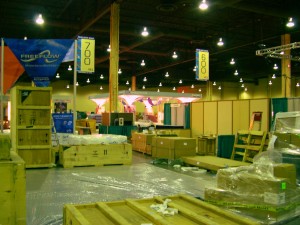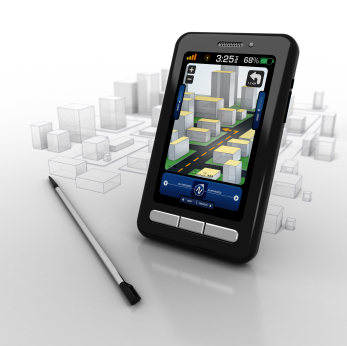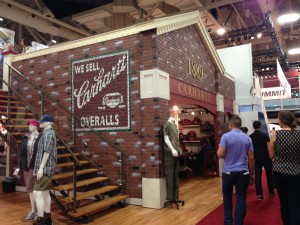Starting a Conversation with Booth Visitors
Questions are powerful. Asking the right questions in the right situation can open doors to more business, to gathering critical information and to getting someone interested in your product or service.
At a tradeshow, questions are your superpower. It’s a busy, chaotic environment and there are hundreds, if not thousands, of other exhibitors and booths competing for your visitor’s attention. What are you doing to differentiate yourself from the competition?
You’re asking powerful questions.

Given the situation that time is of the essence, unfortunately you can’t necessarily spend a lot of time with rapport-building questions. A typical sales call may allow you time to ask about how their business is going, what they’re doing this weekend, and to get into details of their company’s short and long-term goals.
But you can ask impactful questions that get people thinking.
Ask about Goals and Objectives: What are you hoping to accomplish in the next 6 to 12 months? The next 2 – 5 years? Or ask about a specific project: what does this particular project mean to the company?
Ask about Problems and Challenges: What’s missing in your challenge to reach Goal A? Is there anything in particular that’s holding you back? What solutions are you considering?
Ask questions that position your company: If you were to work with us, what are you hoping will be different from what you’re currently doing? What does success look like for you in this project, or in how we work together?
A few simple questions will make it clear that you should pursue the situation further, or not. Depending on the circumstances, it may be appropriate to sit down at a private table and hash out all of the details, or it may mean setting up an appointment to follow up.
Asking open-ended questions lets the visitor respond with as much information as they like. Asking too many questions, though, makes you sound like an automaton. In other words, don’t’ overdo it. Sometimes the right response is simply to say “Tell me more” or “How so?”
Just keep in mind that on the tradeshow floor your goal is to qualify and disqualify visitors quickly. Don’t waste time with a non-prospect and don’t spend an inordinate amount of time with a prospect. Make sure you have a proper and agreed-upon follow up sequence in place before he or she leaves the booth.





